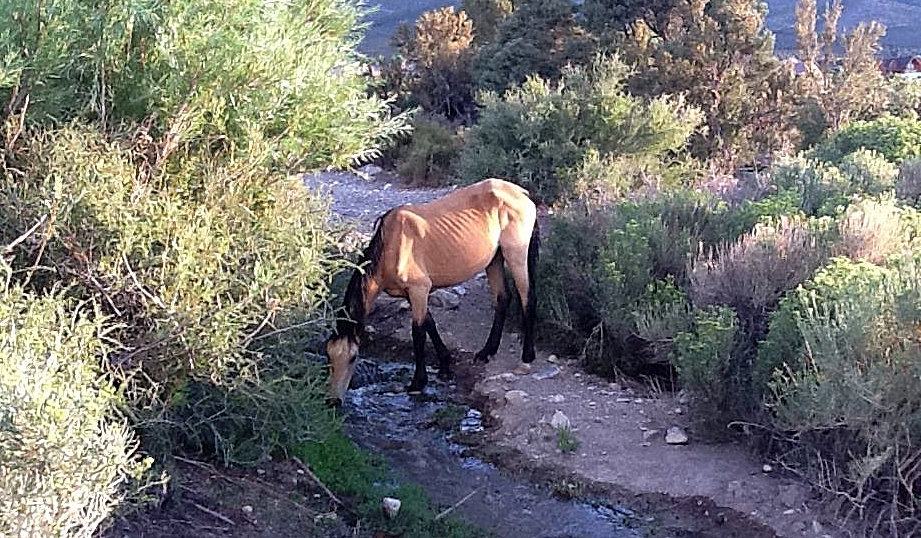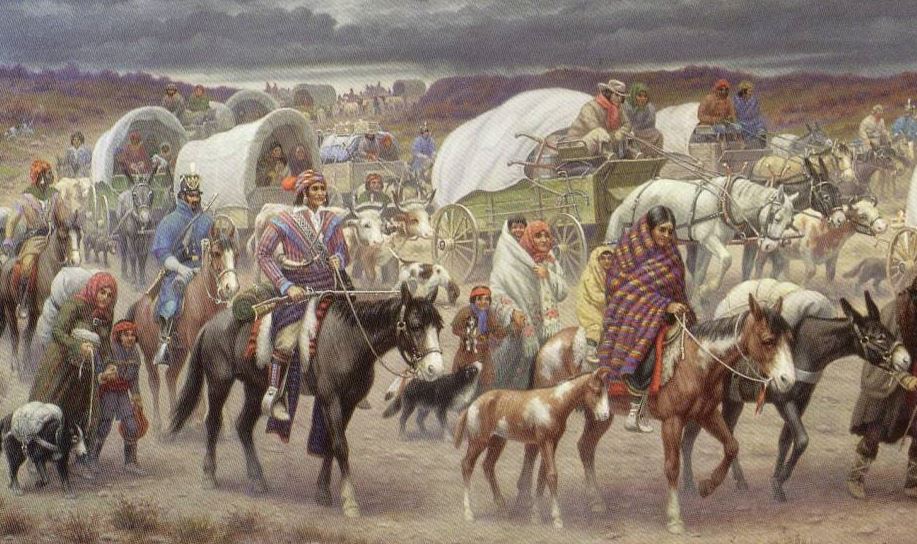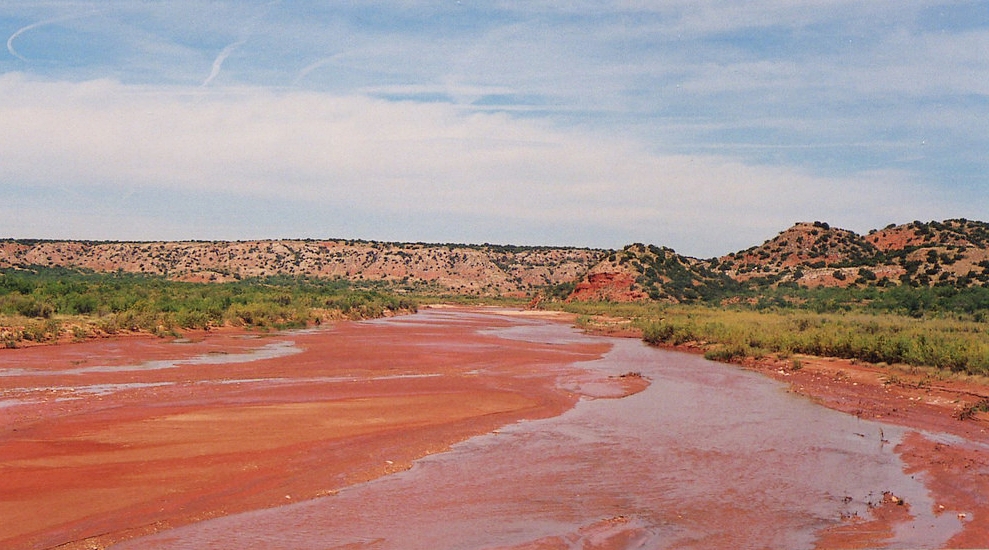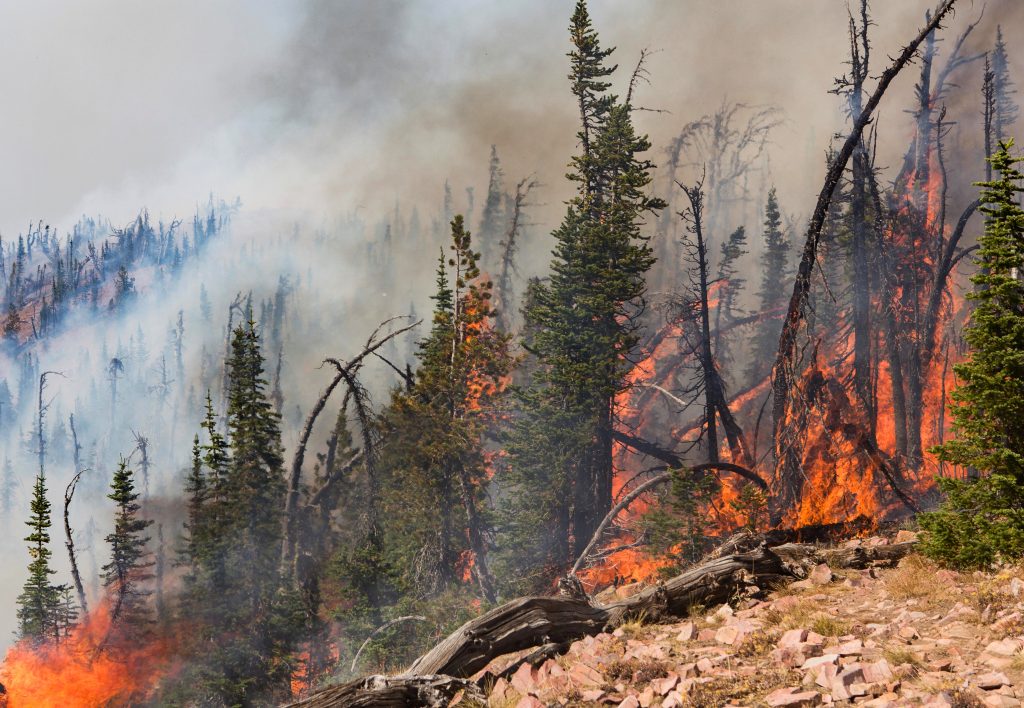Not only are horses and burros increasingly vulnerable to massive starvation, the ever-expanding population is destroying precious habitat that other wildlife, including the most vulnerable and endangered species, depend on.
Op-Ed by Barry L. Perryman
It’s Five Minutes To Midnight: The Wild Horse And Burro Tragedy
From bringing pioneers to the West to rounding up livestock on ranches, the horse has contributed to the rich history of the United States since being introduced to North America by Spanish explorers in the 1500s. Centuries later, the species is contributing to history in a much different way, with feral horse and burro populations sparking controversial political debates.
Wild horses and burros have been on the congressional chalkboard since 1959. Congress, with President Nixon’s signature in 1971, crafted a plan to ensure that the feral horses and burros present on public land areas at that time were protected, but also managed and controlled for our national posterity. Seven years later, the Public Rangelands Improvement Act authorized the Interior Secretary to reduce horse and burro populations when they exceeded appropriate management levels.
Despite the underlying statute, political machinations inside the Beltway have prevented the Bureau of Land Management (BLM) from acting on the original authorization. Congress has repeatedly used the appropriations process to limit the BLM’s ability to implement population controls.
In the meantime, on-range wild horse and burro populations in the Intermountain West have exploded to an all-time high. There are around 87,000 horses and burros currently on Interior lands, with an additional 7,000 animals managed by the U.S. Forest Service. Combined, these populations are approximately 67,000 animals above the authorized appropriate management level. Many thousands more likely live on Sovereign Reservations throughout the West, but their numbers have never been verified.
Off-range the situation is equally dire. Some 45,000 animals live in long-term holding facilities, with tax-payers footing the bill for what amounts to a full pension and medical plan. The program eats up about 60% of the total annual Interior program budget, and is expected to cost taxpayers over a billion dollars during the next twenty years.
Every day, more and more rangeland ecologists, scientists, academicians, habitat specialists, and wildlife managers are concluding that our nation has reached a crisis stage in horse and burro management. We urgently need a reset to reduce populations to manageable levels. Not only are horses and burros increasingly vulnerable to massive starvation, the ever-expanding population is destroying precious habitat that other wildlife, including the most vulnerable and endangered species, depend on.
[paypal_donation_button]
Free Range Report
[wp_ad_camp_3] [wp_ad_camp_3] [wp_ad_camp_3]




Perryman is wrong in stating Congress is ‘ignoring’ the poor management that was brought-on by the BLM themselves. The BLM has many problems, not the least of which is few people working-for and advising them who actually understand the behavioral ecology of wild horses, something that Perryman could benefit from having.
Here are a couple articles for those people interested in what is happening and what makes sense from a non-politicized perspective:
1) https://www.horsetalk.co.nz…
2) https://www.horsetalk.co.nz…
And here is a Congressman trying to make something happen to solve what is actually a range war between cattle interests and the wild horses:
https://freerangereport.com/…
More about the off-range use of wild horses for mitigation of catastrophic wildfires here:
https://www.horsetalk.co.nz…
Really? What about all those cattle out there? There are far more cattle chewing up the ranges that any wild horses. And the ‘ranchers’ don’t even pay what they should for destroying it. Cattle with their cloven hooves and habit of eating closer to the ground are far worse on the ranges than horses. I’ve watched the cattle destroy the pasture behind me in just that way.